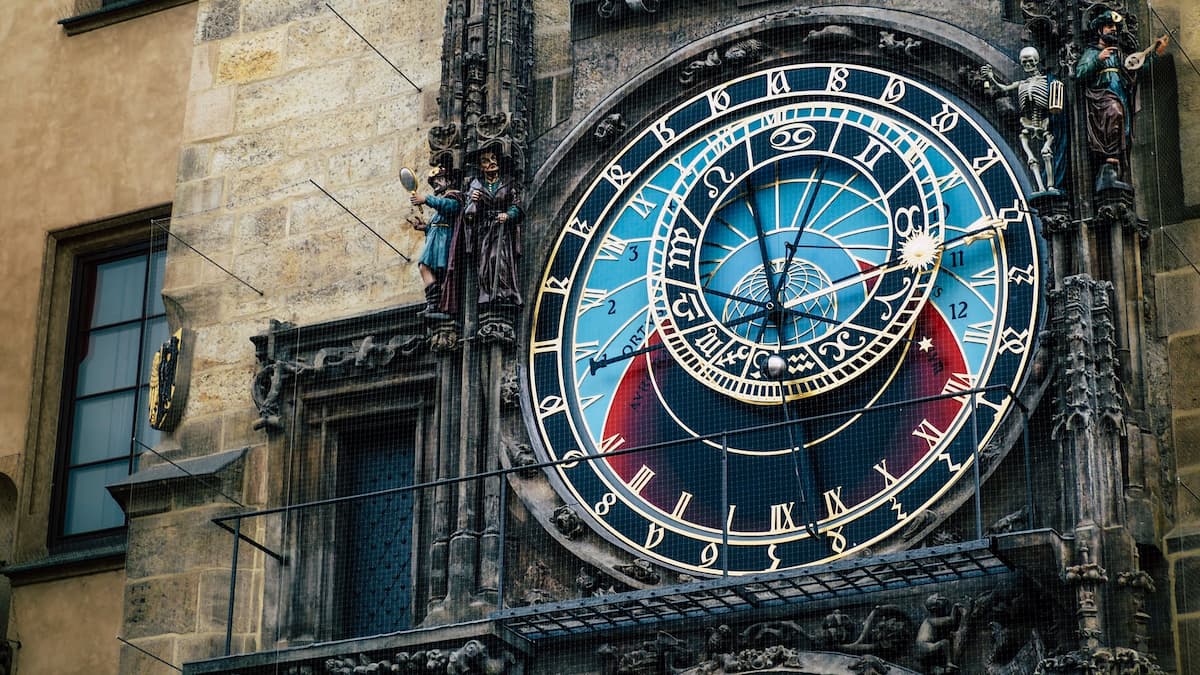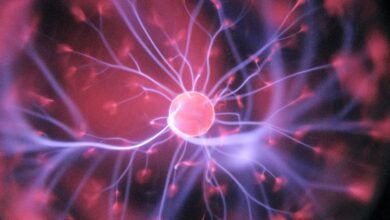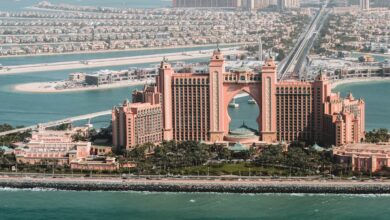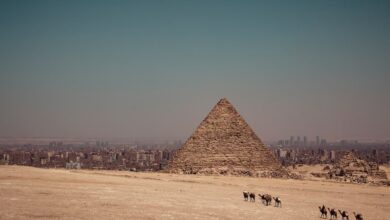History of Prague through the Centuries
Archaeological research and the oldest written sources show that the history of Prague city goes back to the foundation of Prague Castle in 880 AD.
The mother of cities, Prague is one of the continent’s most acceptable cities and the prominent Czech economic, architectural, and cultural heritage that reflects the versatile history of Prague.
Libuše, the daughter of mythical Czech ruler Krok, stood on a rocky cliff above the Vltava River and said, “I see a great city whose glory will touch the stars.” She ordered the construction of a castle to be built on the spot. After the death of her father, she became queen and married a farm worker named Přemysl. Together, they went to the Přemyslid dynasty and established it, which ruled the Czech lands until 1306.
Let’s rewind the history of beautiful Prague.
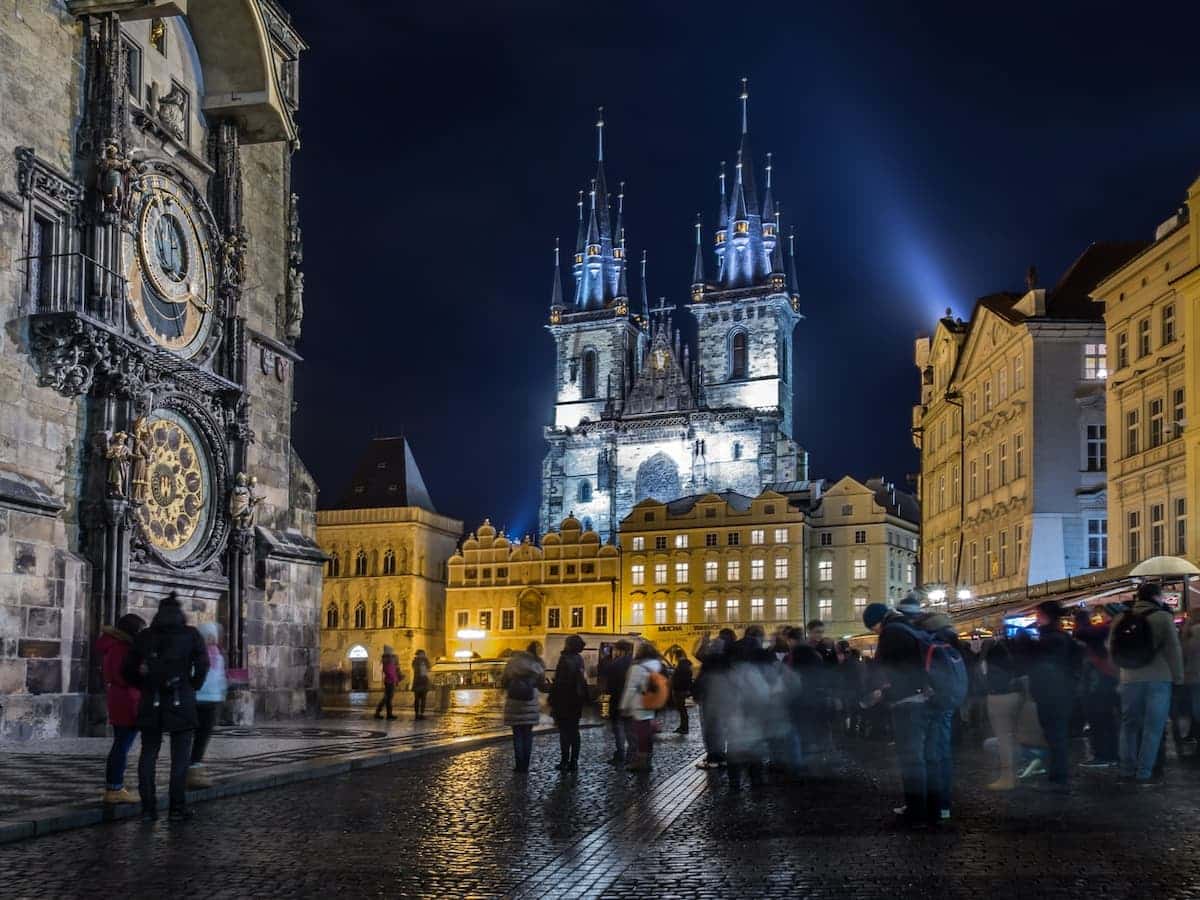
Around 500 BC
- Before the arrival of the Slavs, certain regions around Prague were inhibited and occupied by Prague and Celtic and German tribes.
6th -8th century –Arrival of the Slavs
- In the 6th century, the Slavs arrived and were established. The Slavs become the dominant people and settle alongside the Germanic settlements around Prague.
9th century – Přemyslid Dynasty
- By the 9th century, Prague establishes and after 894 become the main seat of the oldest ruling dynasty of Bohemia.
- Some merchants and artisans settle around Prague Castle, and Christianity embraces the region.
10th century – Foundation of the Vysehrad Castle
- The basilica of St. Vitus, the main castle church, is built on the site of the original dome.
- The first convent in Bohemia is also founded within the grounds of Prague Castle, a convent next to the church of St. George and St. Vitus, which were founded within the first half of the 10th century. Another castle, called Vysehrad, is founded on the opposite bank of the Vltava.
- In 950, The Holy Roman Emperor Charles IV lived in Prague, and the area became part of the Holy Roman Empire as an autonomous empire.
- Prague is the very best representative of the church, the Prague bishop. Founded in 973, it was an important educational and cultural institution.
11th century –Prague became the seat of the dukes of Bohemia.
- Vratislav II becomes the primary Czech King, but the region remains subordinate to the Holy Roman Empire.
- The prosperous settlement and enlargement of Prague become the seat of the dukes of Bohemia.
12th century -Foundation of the Old Town
- In 1172, the first stone bridge, Judith Bridge, was built over the Vltava, named after queen Judith.
- Migrants from Northern Germany are encouraged to settle in the town.
13th century – Prague became one of the prosperous cities.
- Wenceslas I, King of Bohemia, founded the Old Town (Staré město) in Prague, and Premysl Otakar II formalizes the establishment of the Lesser Town (Malá Strana)
- The Foundation of the Old Town Hall and Lesser Town increases the importance of the city. Prague becomes one of the significant prosperous cities in Europe and, therefore, the cultural capital of Central.
14th century – Prague’s Golden Age
- The 14th century was the period of the rule of KingKing and later Emperor Charles IV. It is a beautiful time of prosperity for Prague Castle. The royal palace is magnificently rebuilt, and then it becomes an imperial residence of the Holy Roman Empire.
- Prague becomes a town and is ruled by John of Luxembourg (1310-1346).
- From 1346-1378 Charles IV, the most beloved Czech King, rules the country.
- In 1355, Charles IV, King of Bohemia, is elected Holy Roman Emperor, and Prague becomes the capital of the Holy Roman Empire.
- In 1357, the construction of Charles Bridge began under the auspices of King Charles IV.
- Construction of St. Vitus Cathedral and foundation of Charles University (the first university in Central Europe) begins.

15th century -Hussite Movement
- In 1410, the Astronomical Clock was magnificently built into one side of the Old Town Hall Tower at the Old Town Square.
- Later, the Hussite wars between the Hussites and the Roman Catholic Church due to the religious conflicts destroyed many historical artefacts, and the Prague Castle deteriorated.
- In the second half of the 15th century, a king of the new dynasty of Jagellons again made the Castle his seat. The country so long devastated by religious strife and wars finally saw peaceful coexistence between Catholics and supporters of the Hussite reforms.
16th century -Prague’s Second Golden Age
- Throughout the 16th century, cities expanded, and therefore the Renaissance castles were built in Prague and Southern Bohemia Jakub Krčín.
- The power moves to Vienna, and other recreational sites were built, including the Royal Garden, the Belvedere, the Ballgame Hall, etc.
- The art-loving Emperor Rudolph II moved his seat to Prague and turned Prague’s into precious artistic and scientific galleries. Many famous scientists were attracted to Prague, and it became the centre of science and alchemy.
17th century –The Dark Age of the Czech history
- 17th century is the Dark Age of Czech history, and Prague loses importance, so the Prague Castle deteriorated.
- Like the Hussite revolution, “Battle of the White Mountain” marks the dark ages for the Czechs Disputes broke out between Catholics and reformers, during which Prague Castle was damaged and robbed.
- After a long period of wars, two royal governors are thrown out a window of Prague castle.
18th century -National Reawaking of Prague
- In the 18th century, a Czech nationalist movement called the National Revival celebrates Czech history and brings back the Czech language, culture, and national identity to life.
- At the outset of the 18th century, signs of reawakening appeared in Prague towns and four independent urban areas of Prague (Old Town, Malá Strana, Hradčany, and New Town) are united.
- Education is made mandatory for all children. Political and religious rights to minorities are also granted in this century.
19th century -Period of Czech national revival
- In the 19th century, Prague’s Czech population increased as people moved to the city from worldwide.
- The industrial revolution begins, and a railway between Vienna and Prague is opened.
- Prague’s historical centre, The National Theater, and The National Museum opened.
The 20th century -Prague becomes the capital of the Czech Republic
- In 1918, The Austro-Hungarian Empire fell, and Prague becomes the capital of independent Czechoslovakia.
- Prague became close with Paris between WWI and WWII and occupied Nazi Germany during war II (1939-1945).
- The Prague Uprising and liberation by the Soviet Red Army end war II in 1945.
- On November 17, 1989, The Velvet Revolution started bringing communism, and Czechoslovakia becomes a democratic country.
- On January 1, 1993, Czechoslovakia split into two independent countries, the Czech Republic and Slovakia, and Prague became the Czech Republic’s capital.
- Václav Havel is elected the first president of the Czech Republic.
- In 1990 Czech Republic joins NATO.
21st century- Czech Republic a member of European Union
- In 2003 the people of the Czech Republic voted to become a member of the European Union. This took effect on May 1, 2004.
- In May 2004, the Czech Republic was approved as a member of the European Union.
Prague Castle, the embodiment of the historical and cultural tradition of the Czech state, is a treasure for visitors.
